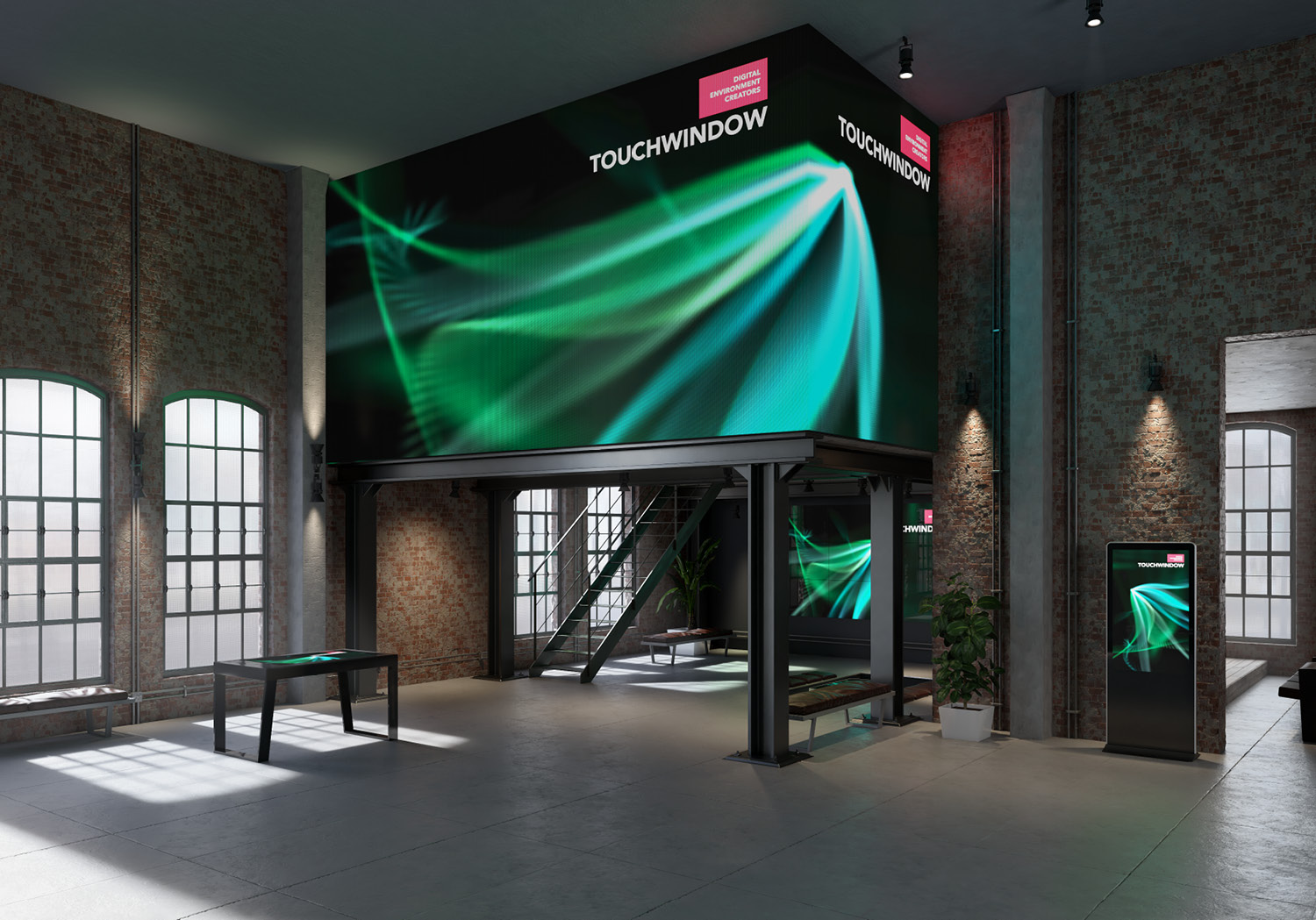Mastering Color Accuracy in Light Emitting Diode Wall Adjustment for Stunning Visual Presentations
Mastering Color Accuracy in Light Emitting Diode Wall Adjustment for Stunning Visual Presentations
Blog Article
Color accuracy is essential for creating stunning visual presentations, especially when using LED walls. These large displays are frequently found in locations like concert venues, sports arenas, and advertising billboards. When the colors on an LED wall are not correct, the visuals can look flat or distorted, which can affect the overall experience for audiences. Therefore, mastering color accuracy in LED screen tuning is vital for attaining vibrant and realistic images.
The initial step in guaranteeing color precision is understanding how LED technology works. LEDs, or light-emitting diodes, produce light in various colors by mixing red, green, and blue (RGB) light. Each dot on an LED wall is made up of these three hues. When tuned properly, the mix of RGB can create a wide range of colors. However, if one color is too intense or too faint, it can throw off the entire display. This is why tuning is needed to balance the hues and achieve the desired visual effect.
Tuning involves adjusting the configurations of the LED wall to ensure that the colors displayed match the original material as closely as feasible. This process typically includes using specific software and hardware instruments. Technicians often use color measurement devices, such as color meters, to analyze the hues being shown. By comparing the assessed hues to standard color standards, they can make precise modifications. This ensures that the colors are not only vibrant but also uniform across the whole screen.
Another crucial aspect of color precision is understanding the environment in which the LED wall is used. Elements such as ambient light can considerably impact how hues appear. For instance, a brightly lit room may fade colors, making them look not as vibrant. To mitigate this, technicians may adjust the luminosity and contrast configurations of the LED wall. Additionally, they may select particular color profiles that are more appropriate for various lighting environments. This flexibility helps preserve color accuracy irrespective of the observing surroundings.
Ultimately, regular upkeep and re-tuning are crucial for keeping an LED wall looking its best. Over time, the functionality of LEDs can change due to elements like aging and temperature fluctuations. Frequent checks and adjustments can help ensure that the hues remain accurate and lively. By committing time in straight from the source proper tuning and upkeep, venues can provide audiences with stunning graphic presentations that improve their overall experience. Perfecting color precision in LED wall calibration is not just a mechanical task; it is an art that adds to the magic of visual narration.